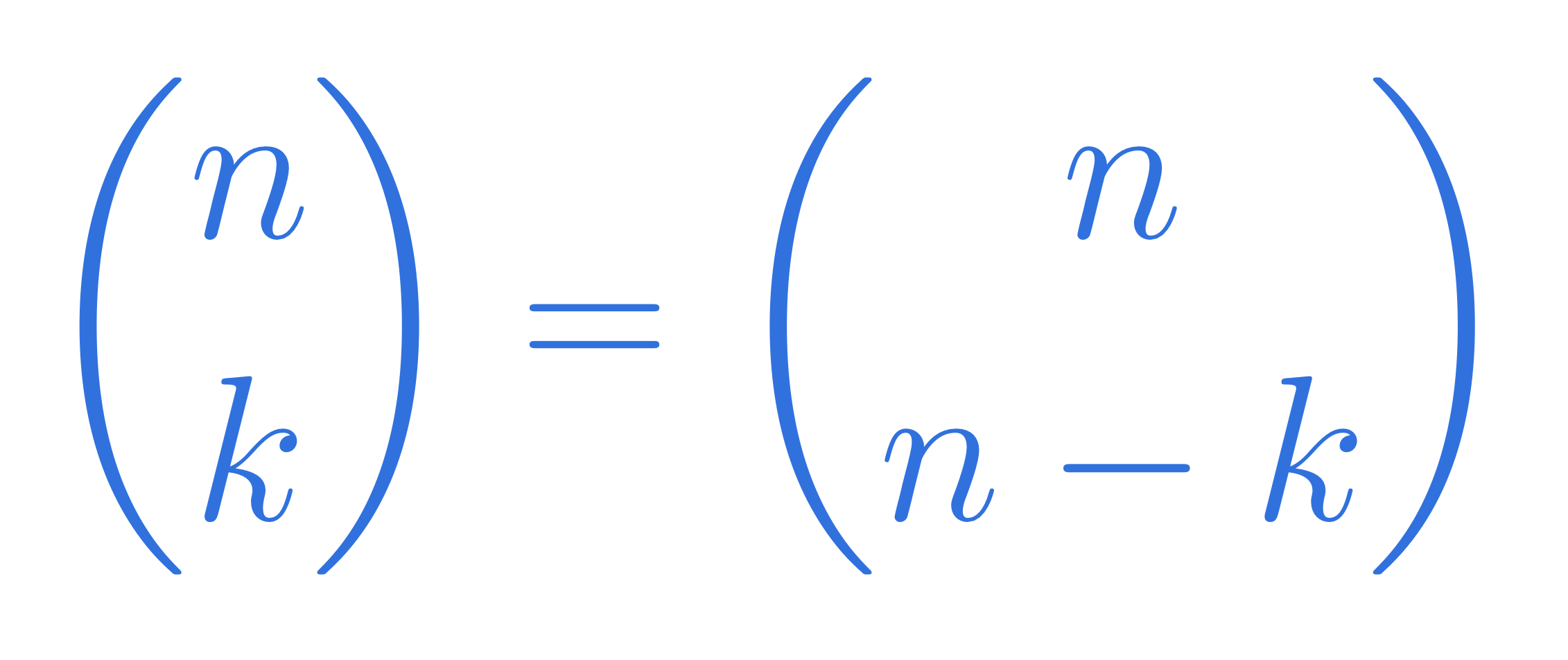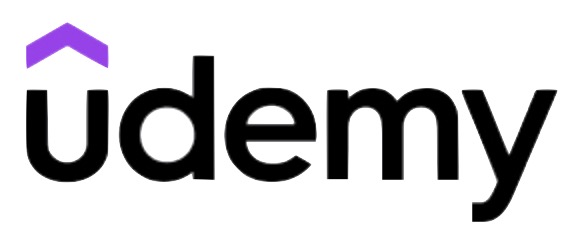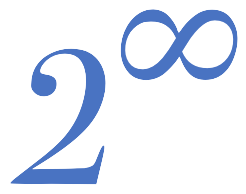Discrete Mathematics 1
A total of almost 61 hours of lectures
This is the first part of our series of three courses in Discrete Mathematics. It can be seen as a bridging course from high school to university mathematics, as it lays the foundation for all future maths courses, teaches you the basics of mathematical reasoning, and the main proof techniques.

Prerequisites
Curriculum
Make sure that you check with your professor what parts of the course you will need for your exam. Such things vary from country to country, from university to university, and they can even vary from year to year at the same university.
Discrete Mathematics 1
Get the outline
A detailed list of all the lectures in part 1 of the course, including which theorems will be discussed and which problems will be solved. If you are looking for a particular kind of problem or a particular concept, this is where you should look first.

Get Discrete Mathematics 1: basic notions on Udemy
When you buy the course on Udemy, you get access to it for life. There is just a one-time fee. The prices do vary a lot on Udemy, but if you use our link by clicking on this panel, you will get the best current price. See also our page on “coupon codes” in the menu (the current code is TPOT_NOV25).
